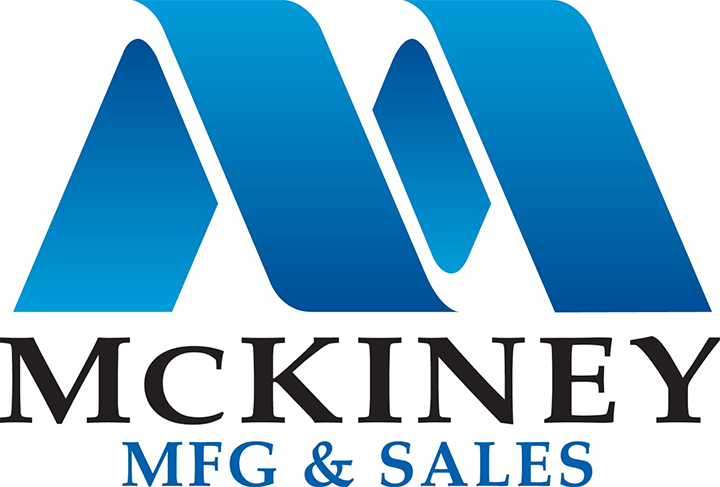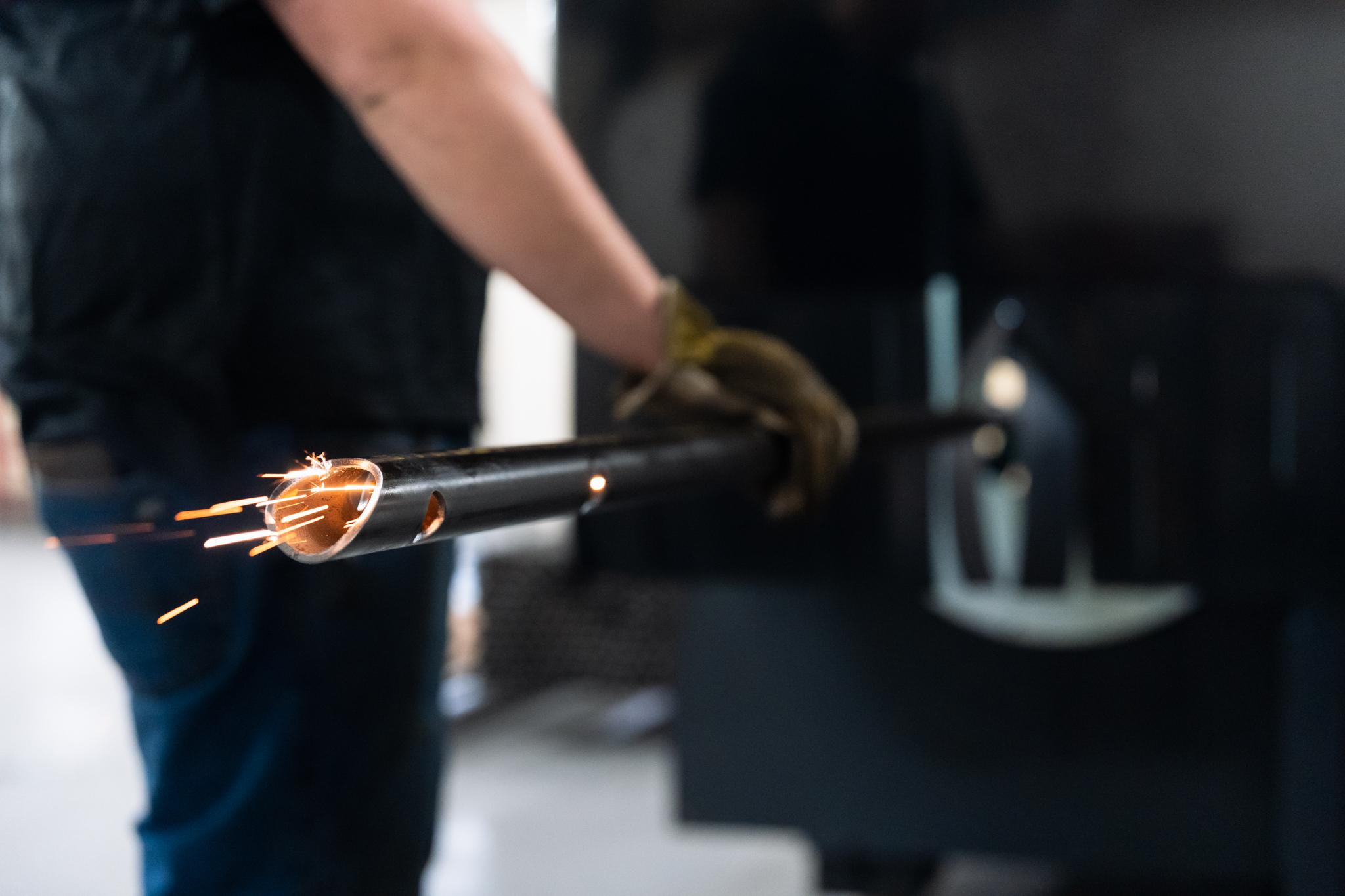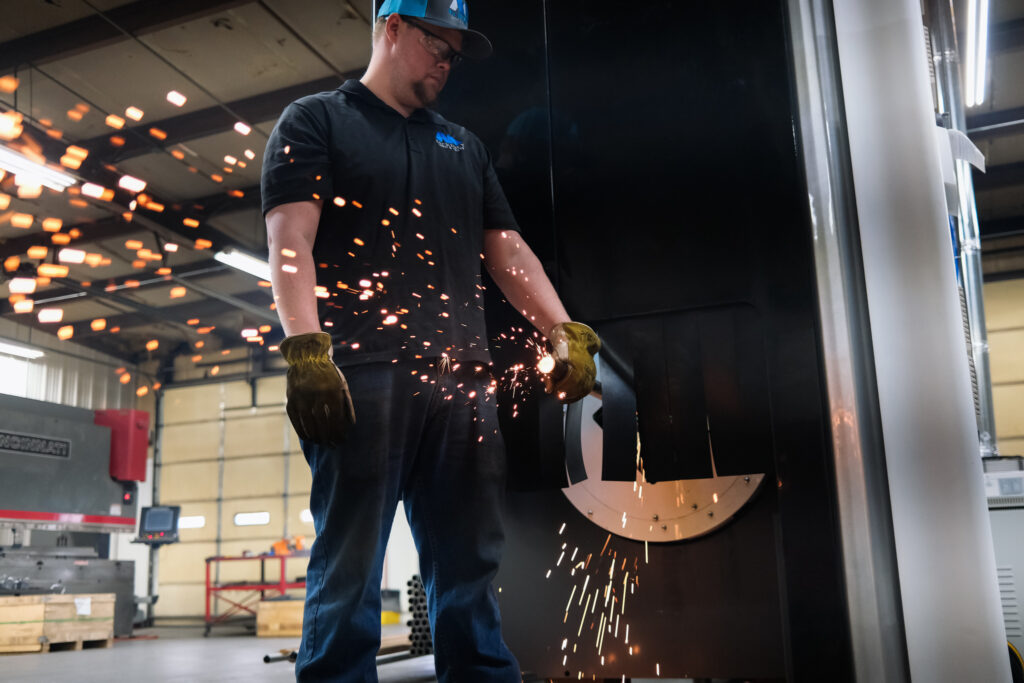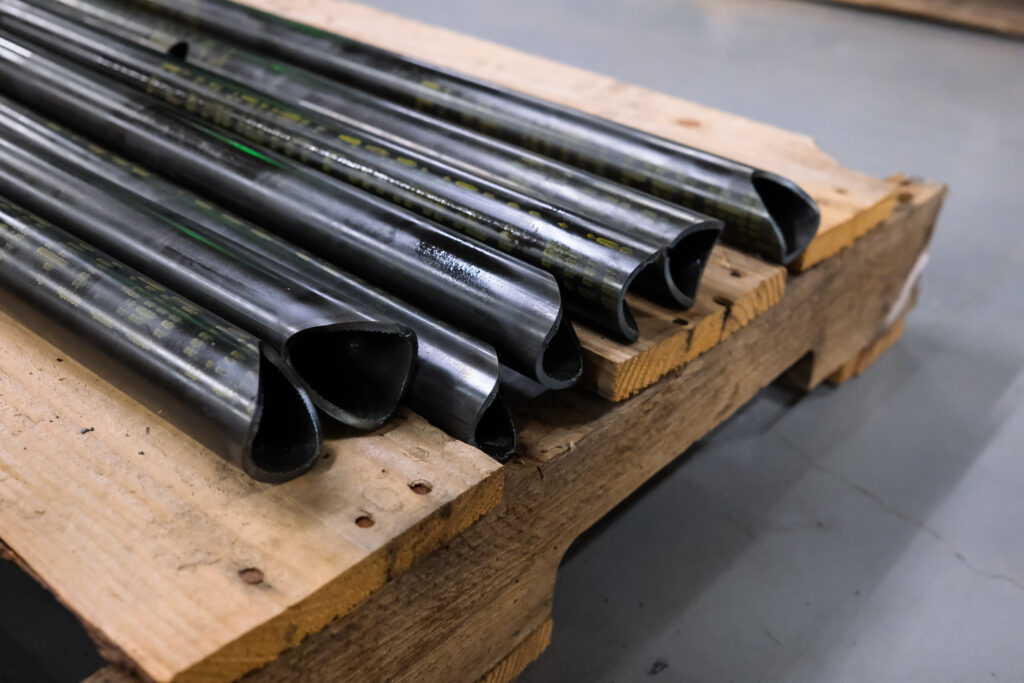Fiber laser cutting is a highly precise and efficient method for cutting sheets, tubes, and other profiles made from steel, stainless steel, aluminum, brass, and copper and other materials. When it comes to manufacturing and cutting piping and tubing products, a CNC fiber laser offers unparalleled precision, speed, and versatility. Here we provide a guide to working with a local manufacturer for cutting pipe and tube products using a fiber laser.
How Laser Tube Cutting Works
Fiber laser tube cutting works by focusing a high-powered laser beam onto the surface of the tube. The laser beam is guided by mirrors and directed onto the material, where it rapidly heats and melts the surface. Simultaneously, a high-pressure gas, typically oxygen or nitrogen, is directed onto the material, blowing away the molten metal and creating the cut.
What Types of Tubing Can Be Fiber Laser Cut?
Fiber laser tube cutting is compatible with a wide range of materials, making it versatile for the manufacturing needs of many different businesses. Some of the common materials we cut using fiber laser tube cutting include:
- Steel: Including mild steel, stainless steel, and carbon steel. Fiber lasers can achieve high-quality cuts on steel tubes of varying thicknesses.
- Aluminum: Aluminum tubes are often cut using fiber lasers due to their excellent conductivity and lightweight properties.
- Brass and Copper: Fiber lasers can cut brass and copper tubes with great precision, making them suitable for applications requiring conductivity or decorative finishes.
- Titanium: Fiber lasers are capable of cutting titanium tubes, commonly used in aerospace and medical industries because of their strength and corrosion resistance.
- Alloys: Various alloy tubes, such as nickel alloys and cobalt alloys, can be cut using fiber lasers for applications in aerospace, automotive, and other high-performance industries.
The Benefits of Tube Cutting with a Fiber Laser
Fiber lasers excel in precision cutting, even on tubes and intricate geometries, and offer high cutting speeds for increased productivity for your business. They’re versatile, capable of cutting various materials and thicknesses, with minimal material waste. Learn more about the advantages of Fiber Laser Cutting.
Fiber Lasers vs. CO2 Lasers for Tube Cutting
Comparing the fiber laser and the CO2 laser for tube cutting involves considering several factors such as cutting speed, precision, cost, and the materials being processed.
Cutting Speed
Fiber lasers generally offer faster cutting speeds compared to CO2 lasers, especially for thinner materials. The newer and more advanced technology of the fiber laser gives it a speed advantage in many cases, and can yield three to four times greater throughput than CO2 laser cutters. Speed and a fast turnaround are some of the most sought-after attributes in industrial cutting operations, so opting for fiber laser technology can significantly enhance productivity and efficiency when manufacturing pipe and tube products. Overall, the speed of a specific cutting job depends on the material used, the thickness of that material, and the complexity of your design.
Beam Quality
Fiber lasers have a high-power beam that allows for efficient cutting of reflective materials like aluminum and copper. In contrast, CO2 lasers may struggle with cutting highly reflective materials, requiring additional measures to mitigate these reflections.
Precision & Accuracy
Fiber lasers provide excellent precision and edge quality, making them suitable for very intricate cuts and fine details. CO2 lasers offer good precision as well but may not match the edge quality of fiber lasers, especially when it comes to thicker materials.
Material Compatibility
Both fiber lasers and CO2 lasers can cut materials like wood, some plastics, and cork. However, if your project is being cut from reflective metals like aluminum, copper, brass, or steel, fiber laser cutting is the preferred method. CO2 lasers are versatile and capable of creating a smooth cutting edge on nonmetals, while fiber lasers are safer and preferred for cutting metals like steel, stainless steel, aluminum, brass, and copper, and alloys.
Cost
Since CO2 laser cutting is older technology with a higher cost to operate and maintain, you may find that reflected in the price of your cut materials. With both of these cutting methods, many factors will determine the price of your project, including size and material. While fiber laser technology is certainly not a cheap thing, you’ll find that the quick turnaround and the superior cut quality are well worth your investment. Get a quote on your project.
McKiney Manufacturing: Local Laser Cutting & Manufacturing for Nebraska & Colorado Businesses
McKiney Manufacturing is located in Mitchell, Nebraska, providing a range of manufacturing services since 1974. Our mission is to exceed our customers’ expectations by being a continuous resource to their business, providing top quality products and offering exceptional customer service. By forming long-term partnerships with our clients, we offer stable and scalable manufacturing solutions and focus on continued profitable growth.
This allows us to be proactive on behalf of our clients to complete consistent high-volume orders and meet their large-scale production needs with fiber laser cutting, waterjet cutting, tube cutting and bending, fabrication, and more. While we are located in Western Nebraska, we are able to manufacture products for businesses in Colorado, Wyoming, the Front Range, and throughout the United States.
Grow your business today with our Fiber Laser Tube Cutting Services.



